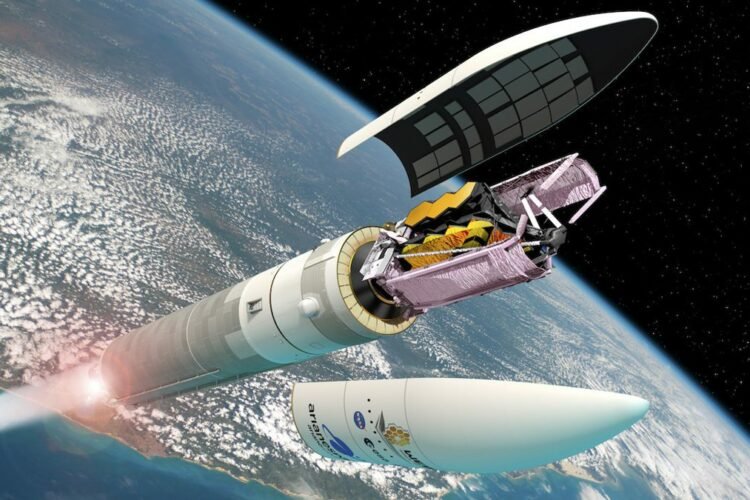The cutting edge space telescope is set for a finish of-year dispatch
The since a long time ago postponed James Webb Space Telescope has another finish of-year dispatch date , NASA has affirmed.
The new telescope is planned to dispatch from an European Space Agency South American dispatch site in Kourou, French Guiana, on December 18, 2021, in the thing will be one of the most profoundly expected space dispatches ever.
The new space telescope has passed its last testing and presently with the effective July dispatch of the Ariane 5 rocket that will convey it into space, the street is clear for the cutting edge space telescope to take off this year.
Initially scheduled for an August 2020 dispatch, the James Webb Space Telescope is set to turn into the absolute most impressive telescope mankind has put at any point ever into administration; it’s relied upon to be a significant move forward from the as of now unbelievably amazing Hubble Space Telescope.
“Webb is a commendable mission that means the exemplification of persistence,” Gregory L. Robinson, Webb’s program chief at NASA, said. “I’m roused by our devoted group and our worldwide organizations that have made this unimaginable undertaking conceivable. Together, we’ve conquered specialized snags en route just as difficulties during the Covid pandemic.”
“Since we have an observatory and a rocket prepared for dispatch, I am anticipating the large day and the stunning science to come.”
The new telescope is relied upon to see a lot farther than even Hubble is fit, catching the uttermost – and accordingly, most seasoned – worlds in our universe just as giving a new glance at objects in our own nearby planet group.
A great deal of the most intriguing pieces of the James Webb Space Telescope are additionally what makes everything around it so tension actuating.
The very sensitive organization of this cutting edge telescope will require a long time as its lifted into space, where it will then, at that point be conveyed 1.5 million kilometers to the purported second Lagrange point, or L2, where it’s enormous mirrors will spread out.
This puts it a long ways past the circle of the moon and the movement of getting the telescope into position alone is precarious. Then, at that point we need to trust that nothing got harmed en route, since in the event that it did, best of luck fixing it.
All things considered, if everything works out as expected, we’ll have the option to see nearly as far once again into the early universe as actually conceivable, from today right back to the soonest structures that framed after the Big Bang and pretty much everything in the middle. High stakes, however high rewards, without a doubt.
Disclaimer: The views, suggestions, and opinions expressed here are the sole responsibility of the experts. No Unique Analyst journalist was involved in the writing and production of this article.

